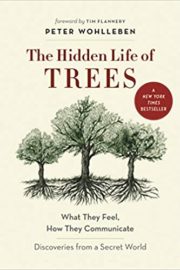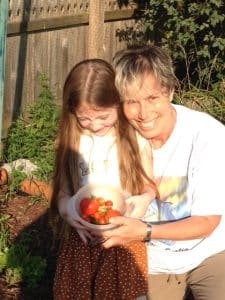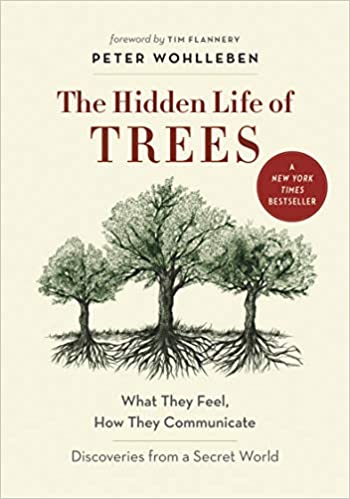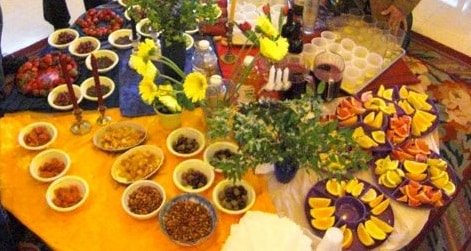Are trees social beings? In The Hidden Life of Trees, the forester and author Peter Wohlleben convincingly makes the case that, yes, the forest is a social network.
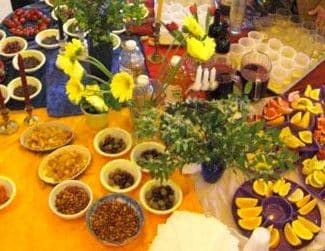
Tree of Life, Tree of Hope
Estimated reading time: 1 minute, 36 seconds“The trees seem smaller now than they did when I was a teneger,” Jan said as we stood in a grove of trees in the wetlands near the home where she grew up.
“Whenever I need a place to think, and dream, I came here as my parents had chosen not to plant trees in the backyard.” she said.
We had moved into her childhood home the month before. Instead of planting one or more trees, we made plans to expand the garden.
I thought about that visit to Jan’s grove of trees during Sha’arey Shalom’s Tu B’Shevat Seder, which was less than one hundred yards from Jan’s grove of trees.
The seder marks,
It is the beginning of the year for trees because it is the midpoint of winter: the strength of the cold becomes less, the majority of the year’s rains (in Israel) have fallen, and the sap of the trees starts to rise.
When I arrived home, I reviewed my notes from The Hidden Life of Trees by forester and author Peter Wohlleben.
Peter convincingly makes the case that the forest is a social network; tree parents live with their children, communicate with them, support them as they grow, share nutrients with those who are sick or struggling, and even warn each other of impending dangers.
Tree of Life, Tree of Hope, Jan is still with me and always will be.
The Jan Lilien Education Fund sponsors ongoing sustainability and environmental awareness programs. Gifts made this month; I will match dollar-for-dollar. All donations are tax-deductible.
I receive a commission when you buy a book or product using a link on this page. Thank you for supporting Sharing Jan’s Love blog.
